Introduction
In today’s technologically advanced world, batteries are an essential component in powering a wide range of devices, from everyday gadgets like remote controls and watches to more sophisticated electronics such as medical devices and keyless entry systems.
When it comes to small coin-shaped batteries, the DL2032 and CR2032 are two popular options that often find their way into various applications. These batteries may seem similar at first glance, sharing the same physical dimensions and voltage rating, but they have some crucial differences that can affect their performance and compatibility with different devices.
Understanding the dissimilarities between the DL2032 and CR2032 batteries is vital for making informed decisions when it comes to replacing or selecting the appropriate battery for a specific device.

DL vs. CR Batteries – Why To Compare And Use Different Batteries?
The DL2032, also known as a rechargeable lithium battery, is designed to be recharged multiple times. It exhibits a lower capacity compared to its non-rechargeable counterpart, the CR2032, but compensates for it with the ability to be recharged, making it a more cost-effective option in the long run.
On the other hand, the CR2032 is a non-rechargeable lithium battery, known for its high capacity and longer shelf life. While it cannot be recharged, it offers a consistent power supply for a more extended period, making it ideal for devices that require long-term, uninterrupted usage.
Overview of DL2032:
The DL2032 is a coin cell battery that is commonly used to power small electronic devices. This lithium battery type has a nominal voltage of 3 volts and a diameter of 20mm. Like most coin cell batteries, it is commonly used in small electronic devices that require a low to moderate amount of power, such as wristwatches, calculators, small electronic toys, and medical equipment.
Main Features of DL2032:
- Size: The DL2032 has a diameter of 20mm and a thickness of 3.2mm, making it small and compact and easy to fit into small electronic devices;
- Voltage: The DL2032 has a nominal voltage of 3 volts, which enables it to deliver a steady and consistent power output to the device it is connected to;
- Shelf life: The DL2032 has a long shelf life of up to 10 years. This ensures that the battery can be stored for long periods without losing its power or degrading its performance;
- High capacity: Despite its small size, the DL2032 has a high capacity that allows it to deliver a high amount of power output over an extended period. This makes it a suitable choice for electronic devices that require a moderate amount of power;

Technical Specifications of DL2032:
- Chemistry: The DL2032 uses Lithium-Manganese Dioxide (Li-MnO2) chemistry. This chemistry provides a high energy density that results in longer battery life and a stable voltage output;
- Operating Temperature Range: The DL2032 can operate within the temperature range of -20°C (-4F) to +60°C (140F). This makes it suitable for use in different environments without affecting its performance;
- Storage Temperature Range: The DL2032 can be stored at temperatures between -20°C (-4F) to +60°C (140F), ensuring that its shelf life is long-lasting;
- Capacity: The capacity of the DL2032 is 190mAh, making it capable of delivering a high amount of power output over an extended period;
Benefits of DL2032:
- High energy density: The DL2032 has a high energy density, which means that it is capable of delivering a higher amount of power output than other batteries of similar size and weight. This makes it suitable for electronic devices that require a moderate amount of power;
- Long shelf life: The DL2032 has a long shelf life of up to 10 years. This means that it can be stored for extended periods without losing its power or degrading its performance. This makes it a great choice for backup batteries or for use in devices that are not used frequently;
- Stable voltage output: The DL2032 is capable of delivering a stable voltage output, which ensures that the device it is powering operates smoothly and consistently;
- Compact size: The DL2032 is small and compact, making it an ideal choice for small electronic devices that require a low to moderate amount of power;
Limitations of DL2032:
- Limited capacity: The DL2032 has a capacity of 190mAh, which is relatively low compared to other similarly sized batteries. This means that it may not be suitable for devices that require a high amount of power output;
- Unsuitable for high-drain devices: The DL2032 is not suitable for use in high-drain devices, such as digital cameras or portable audio players, as it may not be able to provide the required amount of power output;
- Expensive: The DL2032 is relatively expensive compared to other commonly used coin cell batteries, making it less cost-effective for certain devices [2];
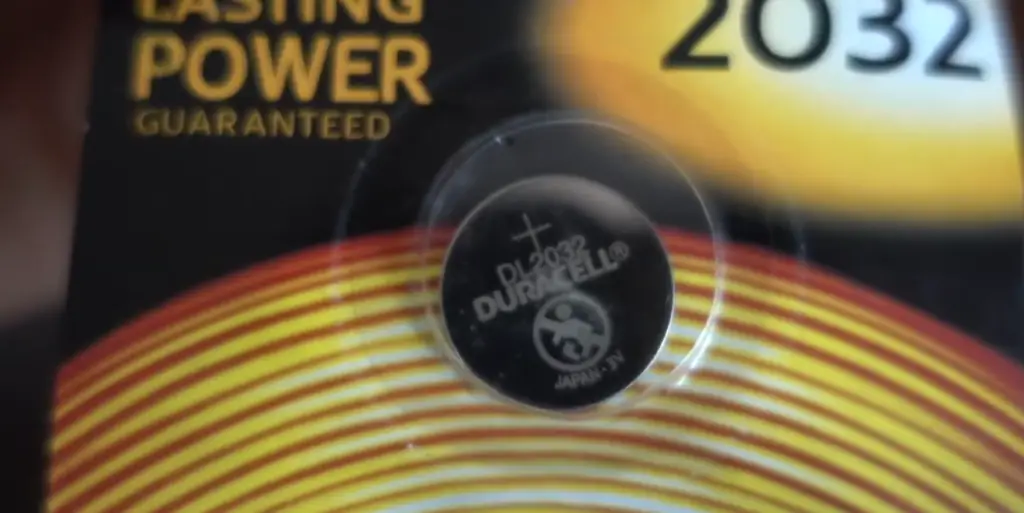
Overview of CR2032:
The CR2032 is a coin-cell lithium battery commonly used to power small electronic devices. With a nominal voltage of 3 volts, the battery has a diameter of 20mm and a thickness of 3.2mm, making it small and easy to fit into small electronic devices. It is commonly used in small electronic devices that require a low to moderate amount of power, such as calculators, digital cameras, and small electronic toys.
Main Features of CR2032:
- Compact size: The CR2032 is small and compact, making it easy to fit into small electronic devices without taking up too much space;
- High capacity: Despite its small size, the CR2032 has a high capacity that allows it to deliver a high amount of power output over an extended period. This makes it a suitable choice for electronic devices that require a moderate amount of power;
- High energy density: The CR2032 has a high energy density, which means that it can deliver a higher amount of power output than other batteries of a similar size and weight;
- Long shelf life: The CR2032 has a long shelf life of up to 10 years, ensuring that it can be stored for long periods without losing its power or degrading its performance;
Technical Specifications of CR2032:
- Chemistry: The CR2032 uses Lithium-Manganese Dioxide (Li-MnO2) chemistry, providing a high energy density that results in a longer battery life and stable voltage output;
- Operating Temperature Range: The CR2032 can operate within the temperature range of -20°C (-4F) to +60°C (140F), making it suitable for use in different environments without affecting its performance;
- Storage Temperature Range: The CR2032 can be stored at a temperature between -20°C (-4F) to +60°C (140F), ensuring that its shelf life is long-lasting;
- Capacity: The capacity of the CR2032 is 225mAh, making it capable of delivering a high amount of power output over an extended period [3];
Benefits of CR2032:
- Small size: The small size of the CR2032 makes it a great choice for small electronic devices that require a low to moderate amount of power;
- High energy density: The high energy density of the CR2032 ensures that it is capable of delivering a higher amount of power output than other batteries of a similar size and weight, making it a suitable choice for devices that require a long battery life;
- Long shelf life: The CR2032 has a long shelf life of up to 10 years, which makes it a great choice for backup batteries or devices that are not frequently used
- Reliable performance: The CR2032 delivers stable voltage output throughout its entire life, ensuring that the device powered by it operates consistently and smoothly;
Limitations of CR2032:
- Limited capacity: The capacity of the CR2032 is relatively low compared to other similarly sized batteries. This means that it may not be suitable for devices that require a high amount of power output;
- Unsuitable for high-drain devices: The CR2032 is not suitable for use in high-drain devices, such as digital cameras or portable audio players, as it may not be able to provide the required amount of power output;
- Expensive: The CR2032 is relatively expensive compared to other commonly used coin cell batteries, making it less cost-effective for certain devices;
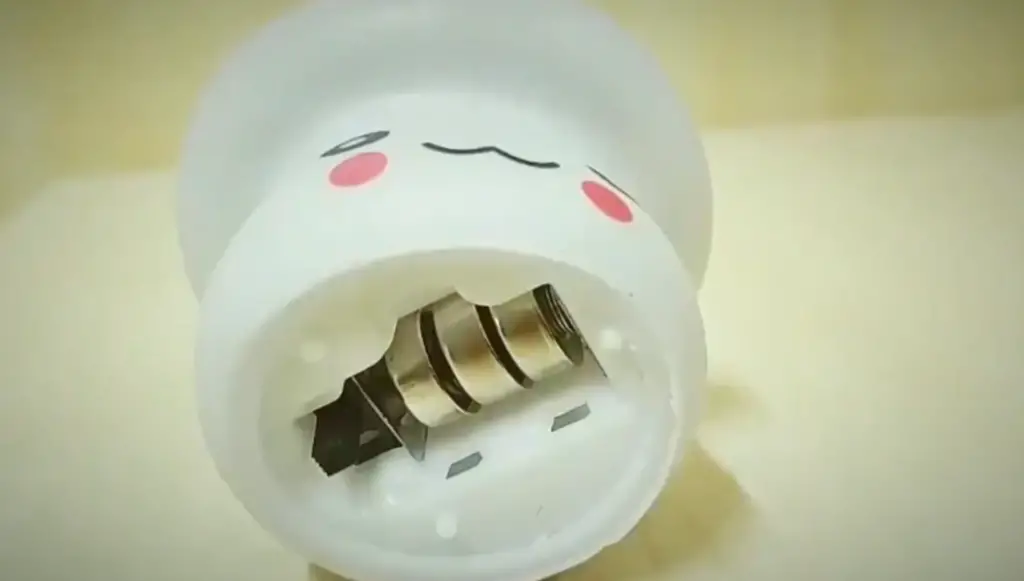
DL2032 vs. CR2032: Comparison
Capacity
The capacity of a battery determines how long it can deliver power before needing to be replaced or recharged. In terms of capacity, CR2032 batteries typically have a higher capacity than DL2032 batteries. CR2032 batteries can offer capacities ranging from 220mAh to 240mAh, while DL2032 batteries usually have capacities ranging from 65mAh to 80mAh. This means that CR2032 batteries can provide a longer runtime before requiring replacement.
Safety Issues
Both DL2032 and CR2032 batteries are generally considered safe for use. However, it is crucial to handle all batteries, including coin cell batteries, with care. Avoid short-circuiting the terminals, exposing them to extreme temperatures or water, or disassembling them. Proper disposal of used batteries is also important to prevent environmental contamination.
Voltage
DL2032 and CR2032 batteries share the same nominal voltage of 3 volts. This voltage level is suitable for powering a wide range of small electronic devices, providing consistent and reliable power.
Usage
DL2032 and CR2032 batteries find applications in various devices such as watches, calculators, keyless entry systems, remote controls, medical devices, fitness trackers, electronic toys, electronic thermometers, motherboards, and computer memory backup. They are commonly used in devices that require compact, long-lasting power sources.
Size
This allows them to fit into devices designed for this specific form factor [4].
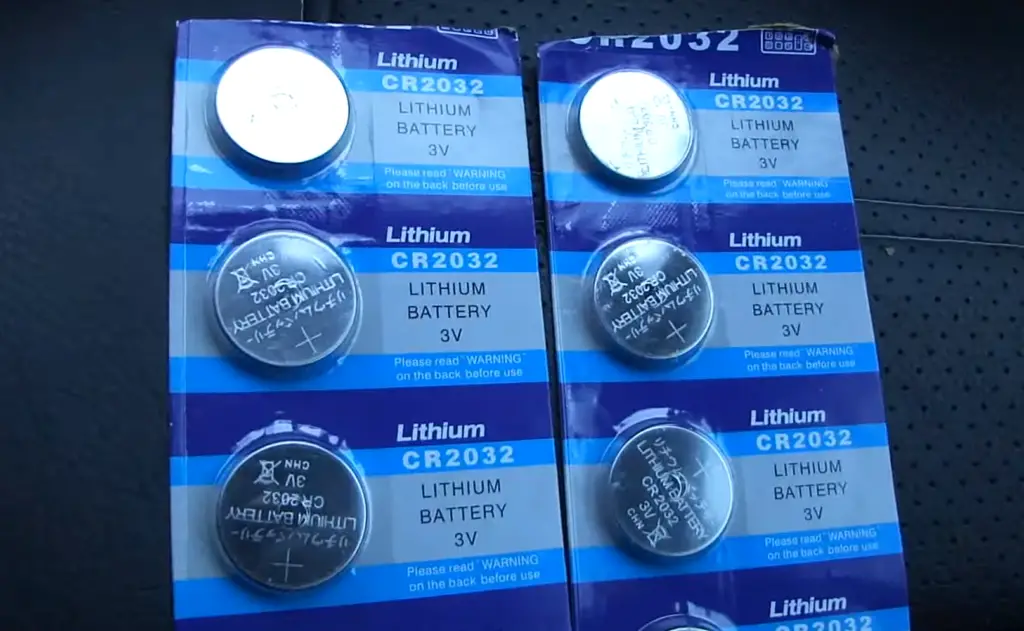
Thickness
DL2032 and CR2032 batteries also share the same thickness of 3.2 millimeters. This standardized thickness ensures compatibility with devices that require this specific battery size.
Weight
In terms of weight, DL2032 and CR2032 batteries are generally similar. The weight may vary slightly depending on the manufacturer and specific battery model, but the difference is negligible.
Shelf Life
The shelf life refers to the duration for which a battery can be stored before its capacity significantly degrades. Both DL2032 and CR2032 batteries have a relatively long shelf life, typically ranging from 5 to 10 years when stored properly in cool and dry environments. This makes them suitable for stockpiling or for devices that may have intermittent usage.
Run Life
The run life of a battery refers to the duration for which it can power a device continuously. Due to their different capacities, CR2032 batteries generally offer a longer run life compared to DL2032 batteries. However, the actual run-life will depend on factors such as the power requirements of the device and its usage patterns.
Continuous Drain Current
Both DL2032 and CR2032 batteries have similar continuous drain current ratings, typically around 3mA to 5mA. This makes them suitable for devices with low to moderate power consumption.
Operating Temperatures
DL2032 and CR2032 batteries can operate within a wide temperature range, typically from -20°C to 70°C (-4°F to 158°F). However, it’s important to note that extreme temperatures, especially high temperatures, can affect the performance and lifespan of the batteries.
Chemical Composition
Both DL2032 and CR2032 batteries utilize lithium-based chemistry, specifically lithium manganese dioxide (Li-MnO2) chemistry. This chemistry offers stable voltage output, good energy density, and a relatively low self-discharge rate.
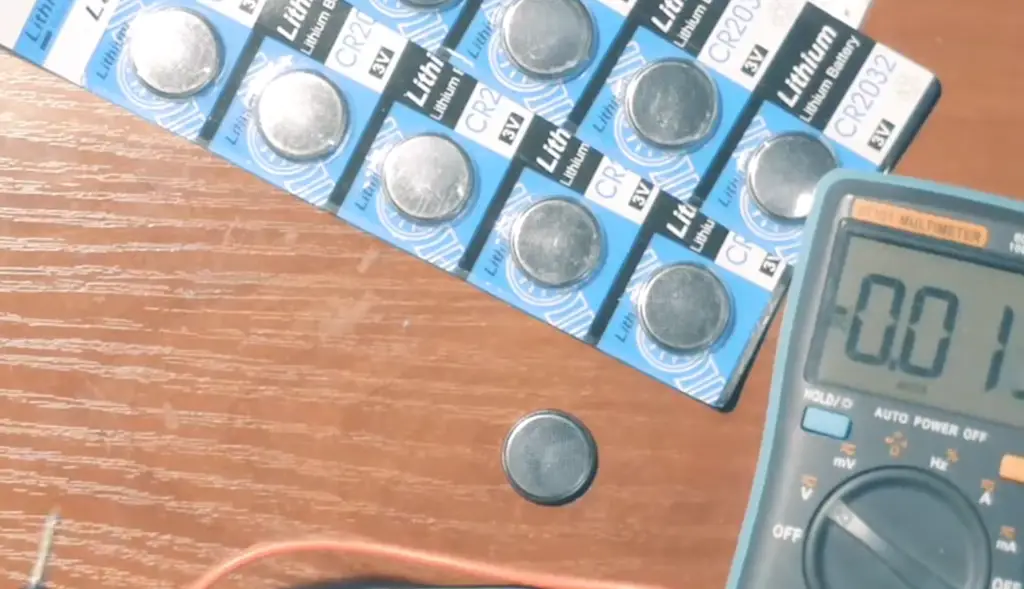
Devices That Use CR2032 and DL2032
CR2032 and DL2032 batteries are commonly used in a variety of devices, including but not limited to watches, clocks, calculators, keyless entry systems, remote controls, medical devices (e.g., glucose meters, heart rate monitors), fitness trackers, electronic toys, electronic thermometers, motherboards, and computer memory backup. It’s essential to consult the device’s manual or specifications to determine the appropriate battery type.
CR2032 vs DL2032 – Similar Features & Applications
CR2032 and DL2032 batteries share many similarities in terms of features and applications. Here are some commonalities between the two:
- Physical Dimensions: Both CR2032 and DL2032 batteries have the same physical size, with a diameter of 20 millimeters and a thickness of 3.2 millimeters. This standardized size allows them to be used interchangeably in devices that require these specific form factors;
- Nominal Voltage: Both battery types have a nominal voltage of 3 volts. This voltage is suitable for powering a wide range of small electronic devices;
- Lithium Chemistry: Both batteries utilize lithium-based chemistry. This chemistry provides stable voltage output and good energy density, making them suitable for devices that require long-lasting power [5];
CR2032 and DL2032 batteries find applications in various electronic devices, including but not limited to:
- Watches and clocks;
- Calculators;
- Keyless entry systems;
- Remote controls;
- Medical devices (e.g., glucose meters, heart rate monitors);
- Fitness trackers;
- Electronic toys;
- Electronic thermometers;
- Motherboards and computer memory backup;
These batteries are commonly found in devices that require a compact, reliable, and long-lasting power source.
While CR2032 and DL2032 batteries share these similarities, it’s important to note that there is a key difference between them: DL2032 batteries are rechargeable, while CR2032 batteries are non-rechargeable. This means that DL2032 batteries can be recharged multiple times, whereas CR2032 batteries need to be replaced once their capacity is depleted.
It’s essential to consider this distinction and choose the appropriate battery type based on the specific requirements of your device and your preference for rechargeable or non-rechargeable options.
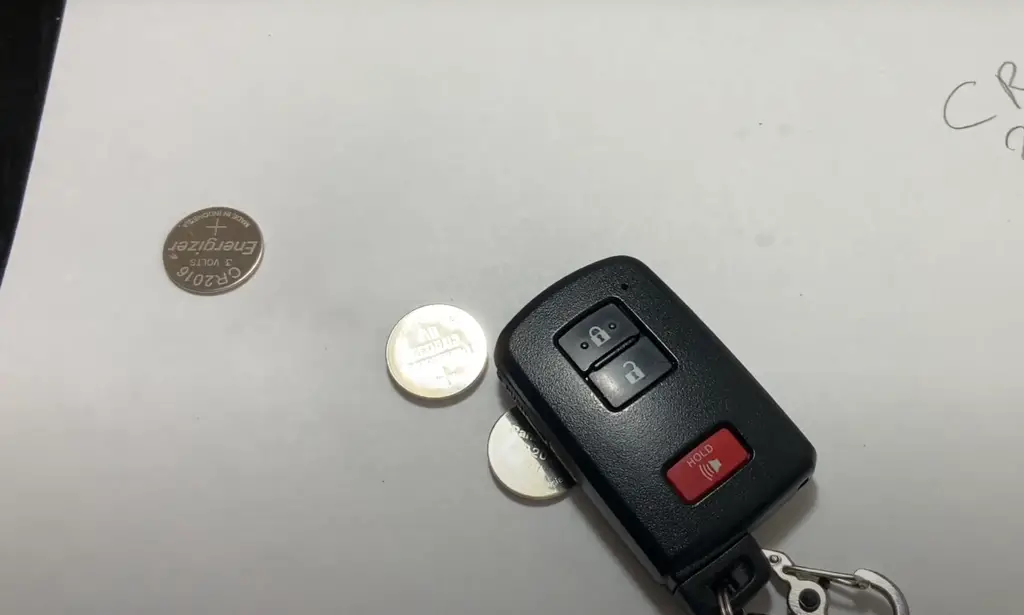
Are DL2032 and CR2032 Interchangeable?
DL2032 and CR2032 batteries are generally interchangeable in most devices. Both batteries share the same physical dimensions (20 millimeters in diameter) and nominal voltage (3 volts). This means that you can usually use a DL2032 battery as a replacement for a CR2032 battery and vice versa. However, there are some important considerations to keep in mind.
DL2032 batteries are rechargeable lithium batteries, while CR2032 batteries are non-rechargeable lithium batteries. The DL2032 battery has a lower capacity compared to the CR2032, but it can be recharged multiple times. On the other hand, the CR2032 battery has a higher capacity and longer shelf life, but it can’t be recharged.
Due to the difference in capacity, DL2032 batteries may discharge faster than CR2032 batteries in certain devices, resulting in shorter usage time before requiring recharging or replacement. Therefore, if you decide to use a DL2032 battery in a device that originally used a CR2032 battery, you may experience slightly different performance and battery life. It’s recommended to consider the specific requirements of your device and the intended usage pattern when choosing between DL2032 and CR2032 batteries.
What Should I Consider When Buying CR2032 and DL2032 Batteries:
Application Area
The first thing you should consider when buying CR2032 and DL2032 batteries is the application area. Consider what device you will be using the battery for and whether the device is a low or high-driven device. CR2032 and DL2032 batteries are often used in small, low-powered devices such as calculators, remote controls, and other small gadgets.
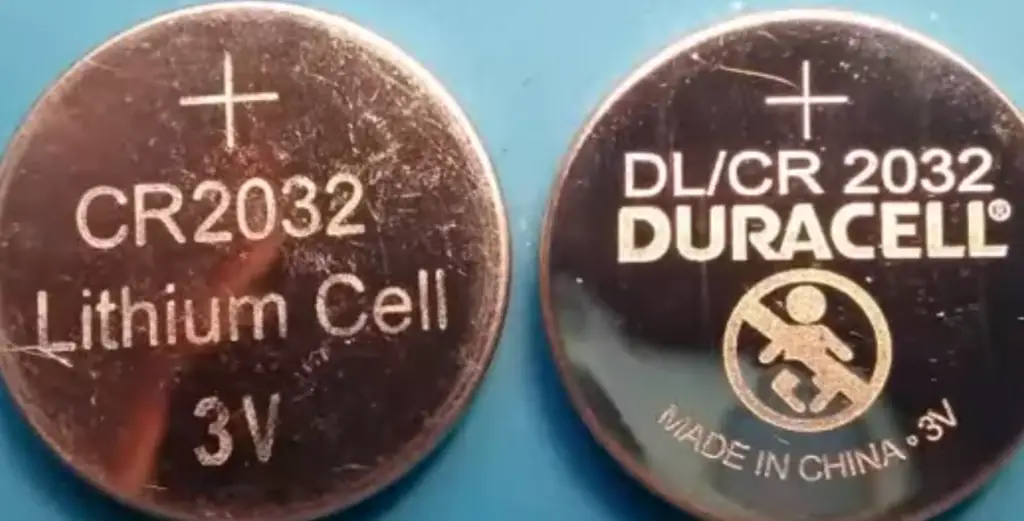
However, they may not be suitable for high-driven devices such as digital cameras, which require a more powerful battery. Therefore, take into consideration the application area before making your purchase.
Know The Specs Of The Battery
Understanding the battery voltage output and capacity is critical when making your purchase. Make sure that you select the right type of battery with the correct voltage for your device.
While both CR2032 and DL2032 batteries have the same voltage (3V), they may not always be interchangeable. You should also consider the battery life and capacity, given that some devices require a higher amount of capacity than others. This is essential to ensure your device is powered for as long as possible [6].
Packaging
The packaging can impact the overall price of the battery, and finding the right packaging configuration can save you a fair bit of money. Common packaging choices for batteries include blister packs, bulk packs, and retail packs. Blister packs come with the battery held in a plastic casing, often with cardboard backing, and are commonly used for retail sales.
Bulk packs, on the other hand, are typically found in industrial environments and consist of batteries packaged in large quantities without additional packaging. Retail packs are generally available in big-box stores, and like blister packs, they often come with plastic casing and cardboard backing.
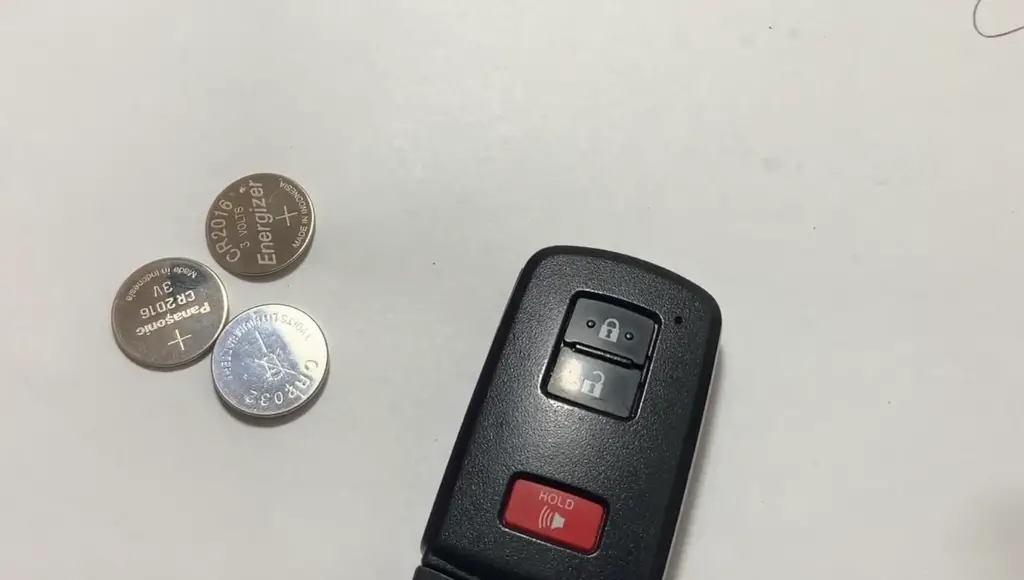
FAQ
1. What does CR mean for batteries?
CR stands for “manganese dioxide lithium chemistry” in the IEC (International Electrotechnical Commission) battery nomenclature system [7]. It indicates that the battery uses a manganese dioxide cathode and a lithium anode, resulting in a 3-volt nominal voltage. CR batteries are commonly used in small electronic devices due to their compact size and reliable power output.
2. What are the uses of 3-volt lithium batteries?
3-volt lithium batteries, such as the CR2032, have a wide range of uses in various electronic devices. Some common applications include:
- Watches and clocks;
- Calculators;
- Keyless entry systems;
- Remote controls;
- Medical devices (e.g., glucose meters, heart rate monitors);
- Fitness trackers;
- Electronic toys;
- Electronic thermometers;
- Motherboards and computer memory backup;
3. How do you know when a CR2032 battery needs to be replaced?
When a CR2032 battery is running low, you may notice a decrease in the performance of the device it powers. Some signs that indicate the battery needs replacement include:
- Dimming or inconsistent display on devices like watches or calculators;
- Unreliable operation of keyless entry systems or remote controls;
- Erratic behavior or failure of medical devices or fitness trackers;
- Inaccurate readings from electronic thermometers;
If you experience any of these symptoms, it is a good indication that the CR2032 battery should be replaced.
4. How do you change a CR2032 battery?
To change a CR2032 battery, follow these steps:
- Identify the device that requires a battery replacement;
- Locate the battery compartment, usually on the back or underside of the device;
- Use a small screwdriver or a coin to open the battery compartment cover;
- Take note of the battery’s orientation (positive and negative terminals) before removing the old battery;
- Carefully remove the old CR2032 battery and dispose of it properly;
- Insert the new CR2032 battery into the compartment, ensuring correct orientation;
- Close the battery compartment cover securely;
- Test the device to ensure it is functioning properly with the new battery;
5. How do I know if my device uses a CR2032 or DL2032 battery?
The required battery type is often mentioned in the documentation. Additionally, you can also inspect the battery compartment or existing battery for any labels or markings that indicate the specific battery type.
6. Can I use a DL2032 battery in a CR2032 device?
In most cases, it is safe to use a DL2032 battery in a device that originally used a CR2032 battery. The DL2032 and CR2032 batteries share the same physical dimensions and nominal voltage.
However, it’s essential to note that DL2032 batteries typically have lower capacity and may discharge faster than CR2032 batteries. Therefore, the device’s performance and battery life may be slightly different when using a DL2032 battery instead of a CR2032 [8].
7. Can I use CR2032 instead of CR2023?
No, you cannot use a CR2032 battery as a replacement for a CR2023 battery. The two batteries have different physical dimensions and voltage ratings. The CR2032 has a diameter of 20 millimeters and a nominal voltage of 3 volts, while the CR2023 has a smaller diameter of 20 millimeters and a nominal voltage of 3.2 volts. It is important to use the correct battery type specified by the device manufacturer to ensure proper functionality and avoid potential damage.
8. Can I use DL2025 instead of CR2032?
While DL2025 and CR2032 batteries have similar physical dimensions and nominal voltage ratings, they are not interchangeable. DL2025 batteries have a smaller capacity compared to CR2032 batteries, meaning they may discharge faster and provide less overall power. It is recommended to use the battery type specified by the device manufacturer to ensure optimal performance and compatibility.
9. What is the difference between coin battery DL and CR?
The DL and CR labels for coin batteries indicate different chemistries and characteristics. DL batteries, such as DL2032, are rechargeable lithium batteries, while CR batteries, such as CR2032, are non-rechargeable lithium batteries. DL batteries can be recharged multiple times but have a lower capacity compared to their non-rechargeable counterparts. On the other hand, CR batteries offer higher capacity and longer shelf life but cannot be recharged.
10. What size button battery is DL2032?
The DL2032 battery has a size of 20 millimeters in diameter and 3.2 millimeters in height. It is a commonly used coin-shaped battery that falls under the CR2032 battery size category [9].
11. Can I use CR2032 in the Mercedes key?
Yes, CR2032 batteries are commonly used in Mercedes key fobs. They provide the required voltage and size specifications for proper operation. However, it is recommended to consult the Mercedes owner’s manual or contact a certified service center to ensure the correct battery type for your specific model and year.
12. How many hours does a CR2032 battery last?
The lifespan of a CR2032 battery depends on various factors such as the device’s power consumption, usage patterns, and battery quality. In general, CR2032 batteries can last for several months to a few years in low-power devices like watches or remote controls.
However, in devices with higher power demands, such as keyless entry systems or medical devices, the battery life may be shorter, ranging from a few weeks to several months. It’s important to note that these estimates can vary significantly depending on individual usage and device specifications.
13. Is LR44 the same as 2032?
No, LR44 and 2032 batteries are different in terms of size and voltage. LR44 batteries have a diameter of 11.6 millimeters and a nominal voltage of 1.5 volts [10]. They are commonly used in smaller electronic devices like calculators and toys.
On the other hand, 2032 batteries, such as CR2032 or DL2032, have a larger diameter of 20 millimeters and a nominal voltage of 3 volts. They are typically used in devices that require higher power output and longer lifespans, such as watches or keyless entry systems.
14. Is the BMW key battery CR2450 or CR2032?
The battery type used in BMW key fobs can vary depending on the specific model and year. While some BMW key fobs may use CR2032 batteries, others may use CR2450 batteries. It is crucial to refer to the BMW owner’s manual or contact a certified BMW service center to determine the correct battery type for your particular key fob model.
15. How can I test my CR2032 battery without a tester?
While a battery tester is the most accurate way to assess the charge level of a CR2032 battery, there are a few alternative methods you can try:
- Visual inspection: Examine the battery for any signs of leakage or physical damage. If the battery appears swollen, corroded or exhibits any other abnormalities, it likely needs replacement;
- Voltage measurement: Use a multimeter set to the DC voltage mode. Touch the positive and negative terminals of the battery with the corresponding multimeter probes. A healthy CR2032 battery should read around 3 volts. If the voltage is significantly lower, the battery may need a replacement;
- Trial and error: If the device powered by the CR2032 battery shows signs of reduced performance or erratic behavior, replacing the battery with a new one can help determine if the old battery was the cause of the issue;
16. Is the CR2025 battery the same as DL2025?
Yes, the CR2025 and DL2025 batteries are essentially the same in terms of size, voltage, and chemistry. Both batteries have a diameter of 20 millimeters, a nominal voltage of 3 volts, and are non-rechargeable lithium coin cells. The only difference lies in the labeling, with CR2025 being the more commonly used term. You can safely use a DL2025 battery as a replacement for a CR2025 battery and vice versa.
17. What is meant by D type battery?
D-type batteries are a common size of cylindrical batteries, also known as “D cells”. They are larger than AA or AAA batteries, with a diameter of approximately 33 millimeters and a length of around 61 millimeters. D-type batteries typically provide higher capacity and longer runtime compared to smaller battery sizes, making them suitable for power-hungry devices such as flashlights, radios, or portable speakers.
18. Are lithium coin batteries better?
Lithium coin batteries offer several advantages compared to other types of coin batteries. They tend to have a higher energy density, longer shelf life, and better performance at low temperatures. Lithium coin batteries also have a lower self-discharge rate, meaning they can retain their charge for a longer period when not in use.
Additionally, lithium coin batteries are available in various sizes and voltages, providing compatibility with a wide range of electronic devices. But, it’s important to choose the appropriate battery type specified by the device manufacturer to ensure optimal performance and compatibility.
19. How long should a CR battery last?
The lifespan of a CR battery depends on several factors, including the device’s power consumption, usage patterns, and battery quality. In general, CR batteries can last anywhere from several months to several years.
Nevertheless, it’s important to note that the actual battery life can vary significantly based on individual usage and device specifications. High-power devices or those with continuous usage may require more frequent battery replacements compared to devices with lower power demands.
20. Can I use a 2016 battery instead of a 2032 one?
No, a 2016 battery cannot be used as a direct replacement for a 2032 battery. These two batteries differ in size, with the 2032 having a larger diameter of 20 millimeters compared to the 2016’s 16 millimeters. Additionally, the 2032 battery has a higher capacity and nominal voltage than the 2016 battery.
21. How long do lithium batteries last if not used?
Lithium batteries, including CR2032 batteries, have an impressive shelf life and low self-discharge rate compared to other battery chemistries. When stored properly in a cool and dry environment, lithium batteries can retain their charge for several years. The exact duration can vary, but it is common for lithium batteries to last up to 10 years or more if not used. Regularly checking the battery’s expiration date and ensuring proper storage conditions will help maximize its longevity.
Useful Video: DL2032 vs CR2032 – What’s their Main Differences?
References
- https://www.utmel.com/components/dl2032-vs-cr2032-is-there-a-difference-between-them
- https://www.apogeeweb.net/circuitry/difference-between-cr2032-battery-vs-dl2032-battery.html
- https://www.etechnophiles.com/cr2032-vs-dl2032/
- https://www.icrfq.net/dl2032-vs-cr2032/
- https://www.linkedin.com/pulse/difference-between-dl-cr-batteries-chris-loo/
- https://www.theengineeringknowledge.com/dl2032-vs-cr2032/
- https://batterystory.com/dl2032-vs-cr2032/
- https://mrtonneau.com/dl2032-vs-cr2032/
- https://preciousmetalinfo.com/dl2032-vs-cr2032-batteries-is-there-a-difference/
- https://mdmtool.com/difference-between-dl-and-cr-batteries/
- https://carcarelab.com/dl-vs-cr-batteries/





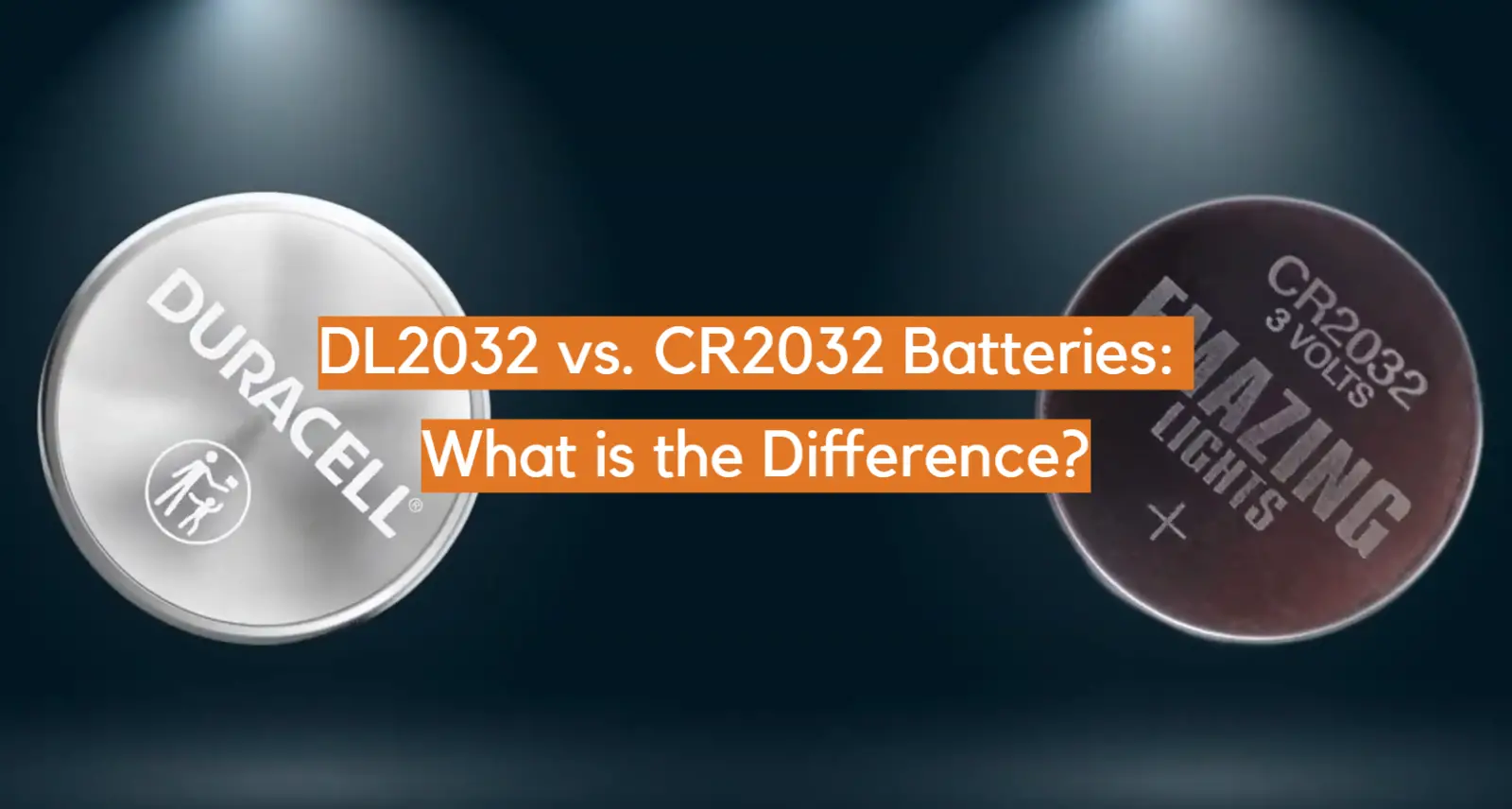





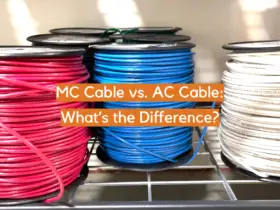
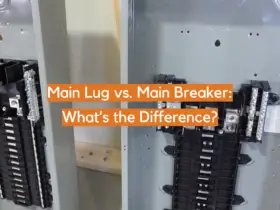

Leave a Reply